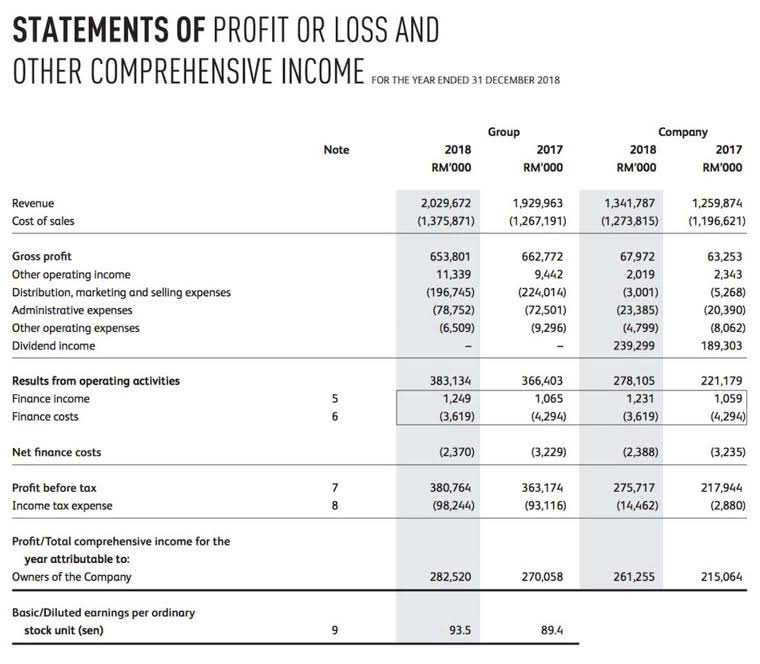
A low quick ratio can also indicate unfavorable ratios with other financial metrics, such as high debt-to-equity ratios or low operating cash flows. These metrics can further increase a quick ratio is another commonly used term for the company’s financial risk and make it less attractive to investors. A low quick ratio indicates that a company has a low level of liquid assets relative to its short-term liabilities.

This can be particularly useful for companies with a low inventory level or stock that is not easily converted into cash. In such cases, the quick ratio may provide a more accurate picture of a company’s liquidity than other ratios that include inventory. A company can’t exist without cashflow and the ability to pay its bills as they come due. By measuring its quick ratio, a company can better understand what resources they have in the very short-term in case they need to liquidate current assets.
Understanding Liquidity Ratios
Because prepaid expenses may not be refundable and inventory may be difficult to quickly convert to cash without severe product discounts, both are excluded from the asset portion of the quick ratio. Both have calculated their quick ratios with the components available to them on their balance sheets. In this case, the company has $3 available for every $1 in current liabilities.
- However, interested parties should keep in mind that a very high quick ratio may not be a positive development.
- The higher the quick ratio, the better a company’s liquidity and financial health, but it important to look at other related measures to assess the whole picture of a company’s financial health.
- One way to do that is by calculating your quick ratio, which is a commonly used financial ratio that gives you a quick look at your short-term liquidity.
- These benchmarks may be based on publicly available financial data or surveys of industry participants.
- The key distinction here is the term “most liquid assets”—these are assets that can be converted into cash quickly (hence the word “quick” in the ratio’s name).
- For investors, this is invaluable information when considering a potential investment.
The quick ratio is a more appropriate metric to use when working or analyzing a shorter time frame. Consider a company with $1 million of current assets, 85% of which is tied up in inventory. The quick ratio measures the liquidity of a company by measuring how well its current assets could cover its current liabilities. Current assets on a company’s balance sheet represent the value of all assets that can reasonably be converted into cash within one year.
Limitations of the quick ratio
That’s why the quick ratio excludes inventory because it takes time to liquidate. A company’s quick ratio is a measure of liquidity used to evaluate its capacity to meet short-term liabilities using its most-liquid assets. A company with a high quick ratio can meet its current obligations and still have some liquid assets remaining.
These articles and related content is not a substitute for the guidance of a lawyer (and especially for questions related to GDPR), tax, or compliance professional. When in doubt, please consult your lawyer tax, or compliance professional for counsel. Sage makes no representations or warranties of any kind, express or implied, about the completeness or accuracy of this article and related content. Our writing and editorial staff are a team of experts holding advanced financial designations and have written for most major financial media publications.
What Are Some of the Limitations of Quick Ratio?
Be sure to only include net accounts receivable, which subtracts an allowance for doubtful accounts or allowance for bad debts from the total the company is owed by its customers. Net accounts receivable is the total the company expects to actually receive. It is a more stringent measure of a company’s liquidity compared to the more commonly used Current Ratio.

